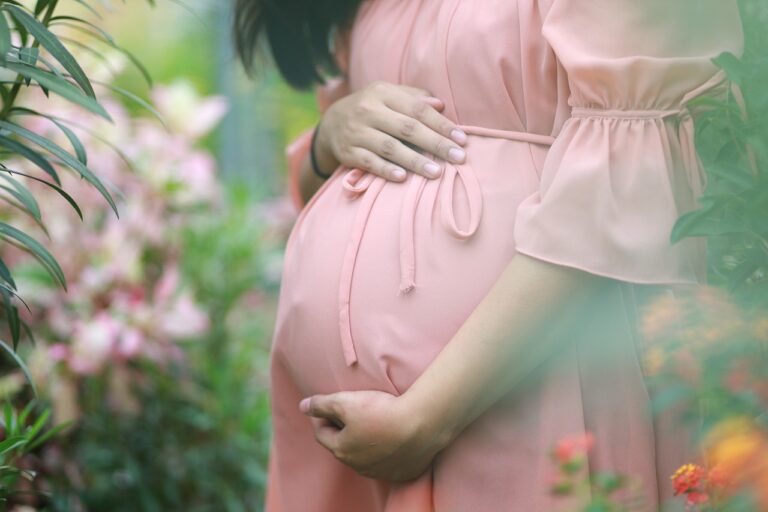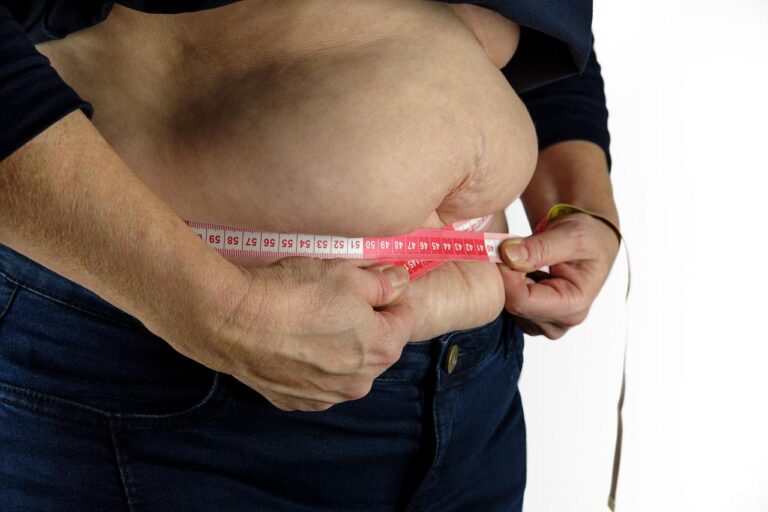Yeast Infection After C-Section: What Signs You Should Know
Cesarean section (or C-section) is a common surgical procedure done in the US. About 1 out of 3 mothers choose a C-section over other forms of delivery. There is a chance you might know someone who had a C-section, or you yourself might have had it before.
C-sections can be a safer alternative to a natural delivery. Mothers who have complications during their pregnancy, have multiple infants in their womb or have an obstruction in the birth canal might opt for a C-section. If done correctly, you can have a relatively safe and healthy experience.
However, like all forms of surgery, a cesarean section has risks to you and your infant. Mothers can experience side effects like blood clotting and heavy bleeding. One complication moms must look for is a yeast infection, specifically on their C-section incision.
What is a Yeast Infection?
Yeast is a type of fungus found all over our bodies. We have yeast growing in different places in the body, such as in our mouth, gut, and genital area. When there is an overgrowth of yeast and the yeast spreads throughout a body part, that’s when it becomes candidiasis or yeast infection.
When people think of yeast infection, they first think of a woman’s private kind. 3 out of 4 women report having yeast infections at some point in their life. People with a yeast infection will feel intense itching and burning in their vulva. Discharge is also a common occurrence.
A yeast infection is not a sexually transmitted infection or disease, but sex can increase the likelihood of getting candidiasis. If you have ever experienced a yeast infection before, then there is a chance it can reoccur in the future. Pregnant women are also more likely to experience a yeast infection.
However, a yeast infection doesn’t only happen at the cesarean delivery area or the incision site. A yeast infection can also affect other body parts including surgical sites.
What Other Body Parts Experience Yeast Infection?
Yeast infection usually affects women, but it can also affect men and children too. Yeast thrives in humid environments and when the body has a weak immune system. Taking antibiotics can also lead to yeast infection.
Yeast can thrive in other places outside the genital area, such as in skin folds and inside the mouth. People with penises can also experience a yeast infection.
Symptoms of yeast infection can look and feel different if it’s happening to other parts of the body. But every form of yeast infection has one thing in common: they are very unpleasant.
Can My C-Section Wound Have a Yeast Infection?
Let’s go back to the main focus of this article: C-section. Can you have a yeast infection from your C-section scar?
Short answer: Yes! Long answer: Yeast loves to grow in places that are wet, warm, and dark. And wounds and scars just so happen to be the perfect candidate.
Your C-section scar is the perfect place for candida to thrive in. Plus points for the fungi if your scar is hidden underneath skin folds. Wearing tight clothing can also make fungi grow faster.
There are different risk factors as to why you have a yeast infection in your cesarean incision. For starters, you might have a chronic illness that weakens your immune system, like diabetes or HIV. Or maybe you didn’t receive adequate prenatal care. Prolonged labor or surgery can also be the culprit.
Whatever the reason, it’s vital that you spot the infection quickly. An untreated yeast infection can spread throughout your body and make you feel ill.
Symptoms and Treatment for C-Section Yeast Infection
Some of the symptoms of a yeast infection are itching, burning, and releasing discharge. But with a wound infection, you might also experience other signs and symptoms, like swelling, stomachache, high fever, pus, intense pain, and odor. It will be hard not to spot these symptoms right away.
Call your doctor immediately if you experience one or more of these symptoms. The good news is that yeast infection is treatable with antibiotics. Remember to finish your medicine as prescribed by your doctor. Avoid taking too much or too little antibiotics to avoid resistance.
Nobody wants to experience (or re-experience) a yeast infection. To prevent infections, you can practice the following:
- Regularly wash and practice good hygiene. Follow your doctor’s instructions on how to properly care for and clean your incision.
- Eat food rich in probiotics like yogurt. The good bacteria in your body protect you from fungal infections and other infectious bacteria.
- Don’t overexert your body after your C-section. Avoid chores and exercises that can potentially re-open your incision.
- Avoid wearing tight clothing. Tight clothes can rub on your skin and absorb sweat. It’s the perfect breeding ground for fungi!
- Strengthen your immune system by eating a proper diet, sleeping at the right time, and avoiding stress. Your immune system is your main defense against any form of infection.
- Mothers should also manage their illnesses, such as diabetes or HIV, to prevent future infections. Regularly visit your doctor for a check-up and changes in your maintenance drugs.
A yeast infection can cause a lot of discomfort, irritation, and pain. Taking care of it as soon as possible lowers the risk of it spreading and infecting the rest of your body.
A Quick List of Antifungal Medications And Antifungal Creams
- Clotrimazole: Available as a cream, lotion, powder, or solution. Clotrimazole fights various fungal infections, including athlete’s foot, jock itch, and yeast infections.
- Miconazole: Found in creams, powders, sprays, and suppositories. Effective against different fungal infections like athlete’s foot, ringworm, and yeast infections.
- Terbinafine: Available as a cream, gel, or spray. It is commonly used for athlete’s foot, jock itch, and ringworm.
- Ketoconazole: Available as a cream, shampoo, or oral medication. Treats fungal infections of the skin, scalp, and nails. The oral form is used for more severe or systemic fungal infections.
- Nystatin: Available as a cream, ointment, powder, or oral suspension. It is commonly used to treat yeast infections, including oral thrush and diaper rash caused by Candida.
- Econazole: Found in cream, lotion, or foam formulations. Econazole is used to treat various fungal skin infections, including ringworm and jock itch.
- Fluconazole: Primarily available as an oral medication, but can also be used as an intravenous injection. It treats a wide range of fungal infections, including yeast infections, oral thrush, and systemic fungal infections.
- Amphotericin B: Generally administered intravenously or as a topical cream. It is used to treat severe systemic fungal infections.
- Ciclopirox: Available as a cream, gel, or nail lacquer. Used to treat fungal skin infections and nail fungus.
- Tolnaftate: Found in creams, sprays, powders, or solutions. Commonly used to treat athlete’s foot, jock itch, and ringworm.
Please note there may be other antifungal medications and creams available on the market. It’s important to consult a healthcare professional for a proper diagnosis and guidance on the most appropriate treatment for your specific condition.
Conclusion
A yeast infection is a nasty experience for many men and women. Most people think yeast infection can only affect the pubic area. But a yeast infection is also found in other places, including unhealed wounds.
A C-section incision that is improperly cared for can experience a yeast infection. Signs of yeast infection include itchiness, swelling, pus, and redness. Mothers with a yeast infection can also experience high fever and feel ill.
Yeast infection requires medical intervention. Your doctor or healthcare provider will most likely prescribe antibiotics to fight off the infection. They might also recommend proper hygiene and probiotics to speed up your recovery.
Getting a C-section has its benefits, but it’s also crucial to look out for potential risks. Infections are common in people who have undergone a C-section. With proper care and treatment, you can overcome any form of yeast and fungi.










